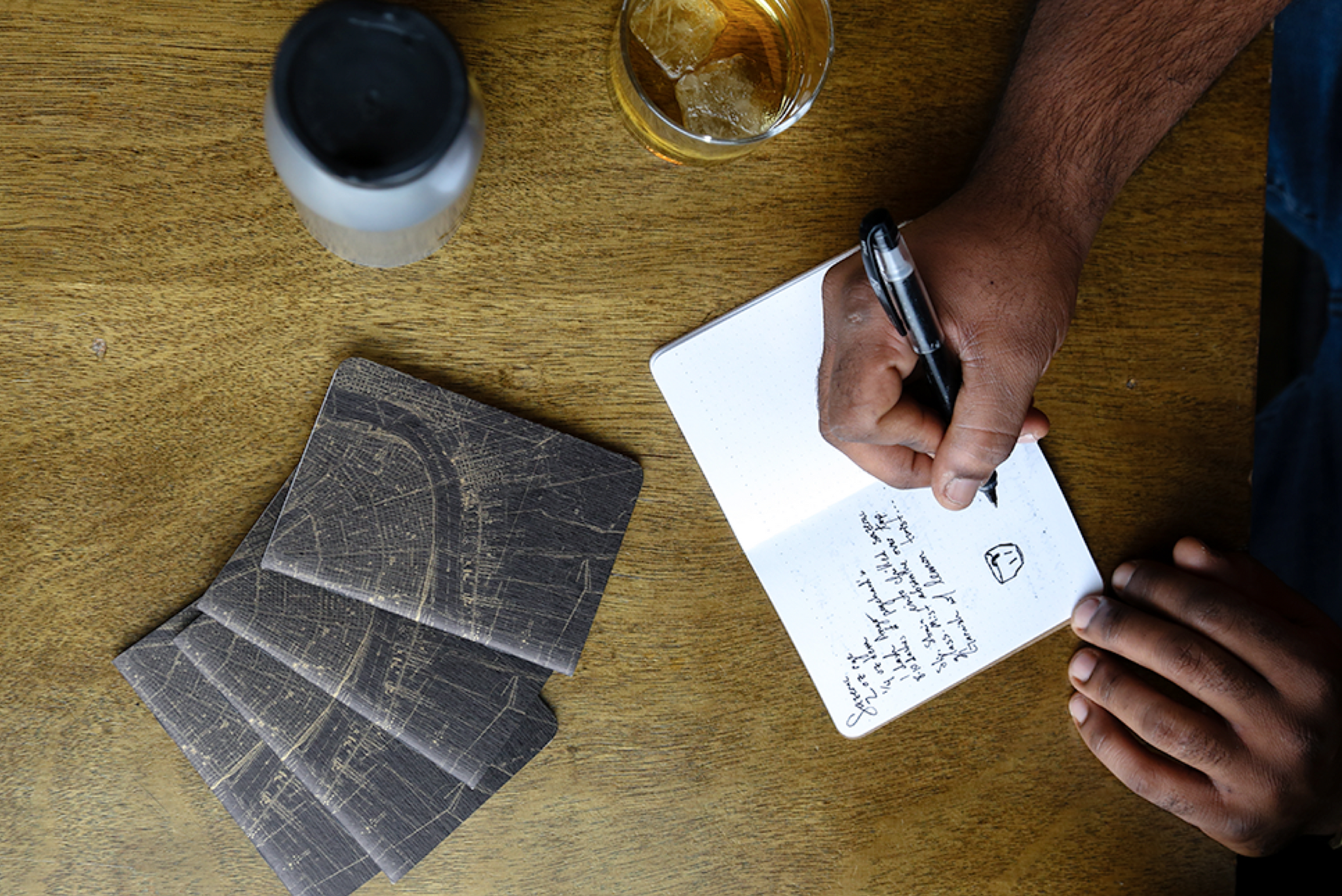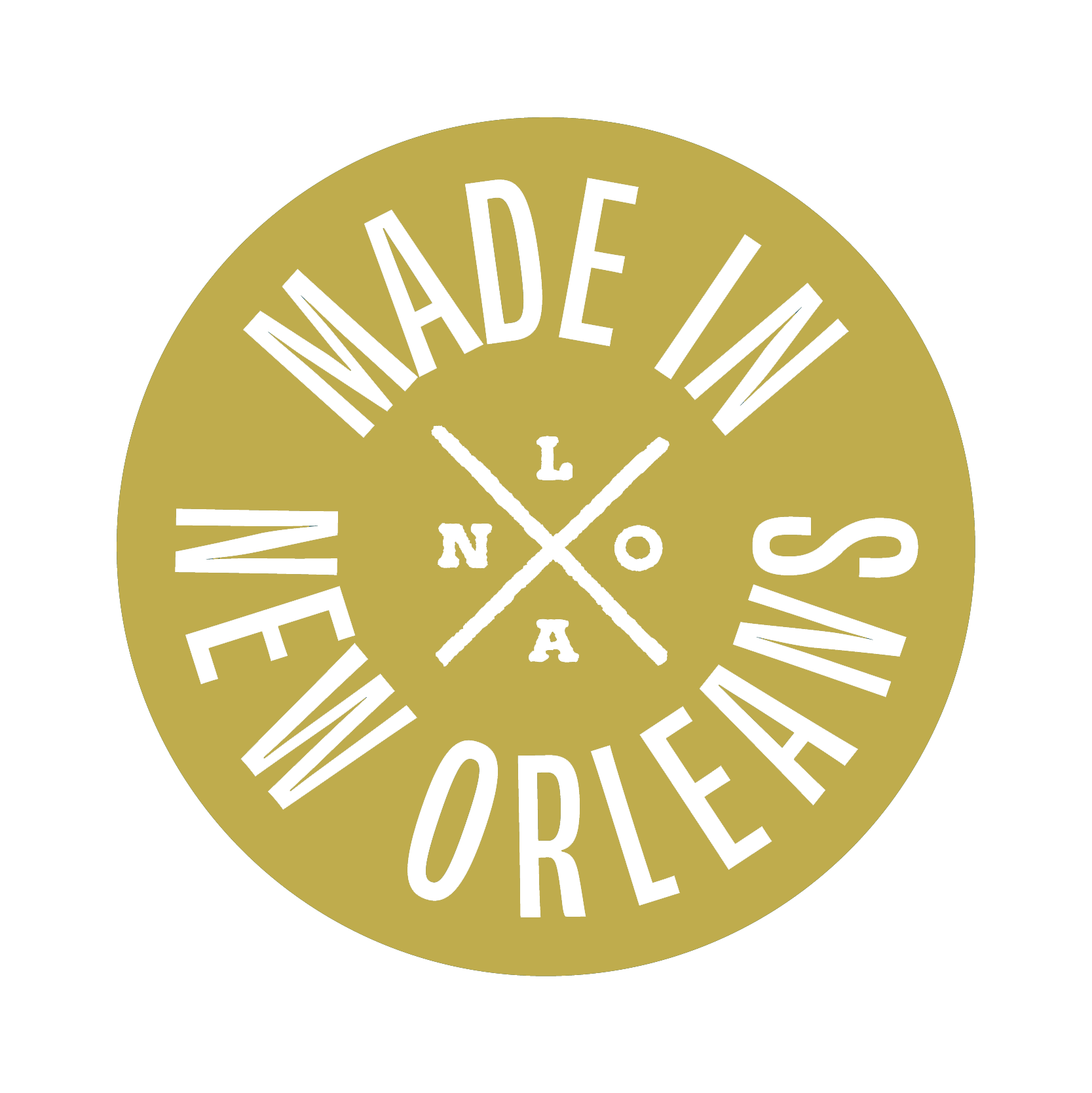What foods were invented in New Orleans?
New Orleans is known for its diverse and flavorful cuisine, and several dishes were invented or popularized in the city. Some of the most famous and iconic New Orleans dishes include: Gumbo: Gum...
Is New Orleans growing or shrinking?
New Orleans has had a complex history of population growth and decline. The city has experienced both periods of growth and decline. After the Louisiana Purchase in 1803, New Orleans experienced a...
What's the difference between Cajun and Creole?
Cajun and Creole are two distinct cultural groups and cuisines that developed in Louisiana, but they have some similarities and differences. Cajun culture and cuisine originated in the rural areas...
Why is New Orleans called the Crescent City?
New Orleans is often referred to as the "Crescent City" because of its location at the crescent-shaped bend in the Mississippi River. The city is situated on a high ground on the Mississippi River...
What is a Second Line in New Orleans?
A Second Line is a traditional parade-style event that is held in New Orleans, particularly in the African American community. It typically consists of a brass band, a group of people dancing and ...
What is Voodoo's role in New Orleans?
Voodoo, also known as Vodou or Vodun, plays a significant role in the cultural and spiritual history of New Orleans. It was brought to the city by enslaved West Africans during the transatlantic s...
What drinks were invented in New Orleans?
New Orleans is known for its vibrant cocktail culture, and several drinks were invented or popularized in the city. Some of the most famous and iconic New Orleans drinks include: Sazerac: The Sa...
Is New Orleans a French or Spanish city?
New Orleans has a complex history, and it has been influenced by both French and Spanish cultures. The city was founded by the French in 1718, and it was a French colony for more than 40 years. Th...
Did New Orleans used to be a swamp?
Yes, the area that is now New Orleans was originally a swamp. The city is located on a bend in the Mississippi River, which made the land low-lying and prone to flooding. The soil in the area is a...
What Native American tribes lived in the New Orleans area?
Several Native American tribes lived in the New Orleans area before European settlement. Some of the tribes that lived in the area include: The Houma Nation: This group of tribes, which included...
Why is it called Tchoupitoulas Street?
Tchoupitoulas Street in New Orleans is named after the Tchoupitoulas Native American tribe, which lived in the area prior to European settlement. The Tchoupitoulas were part of the Houma Nation, a...
Where do some of the streets in New Orleans get their names?
New Orleans has a rich history, and many of its street names reflect this. Some examples include: Bourbon Street: Named after the French royal family of the Bourbons, this street was originally ...


 The Nola Files
The Nola Files



